What is the relationship between growing flowers and soil selection?
What is the relationship between flower cultivation and soil? A decisive relationship. It is like feeding a baby. When a baby is born, it is extremely healthy, but if the acquired nutrition or growth environment is not up to par, the baby will not grow up healthily, and the possible result is that the baby will grow up to be a sick child.
All flowers like loose and fertile soil, and flowers in the south also like acidic soil. If you want to grow healthy and beautiful flowers, choosing the soil is the first step.
Many friends are afraid of trouble and will go to the flower and bird market to buy them.
If conditions permit, you can cultivate the soil yourself. Because I like to grow flowers, I cultivate the soil myself.
First, the flower soil should be cultivated around the beginning of winter every year.
笫二,培土所需材料,腐叶,松针,炕土,榨饼,鸡糞或鸽子糞,部分腐烂水果或水果皮。
Third, put the above things together, find an empty place to mix them, and add water. The more water, the more ice you can see in a few days. Okay, don't worry about it anymore, just let it ferment.
Fourthly, in the spring of the second year, the ice melts and is stirred evenly, and the most perfect flower soil is ready.
Look, this is the soil I prepared this year.
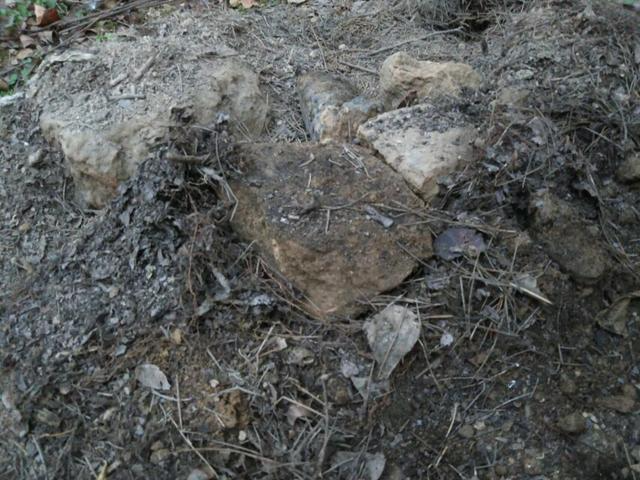
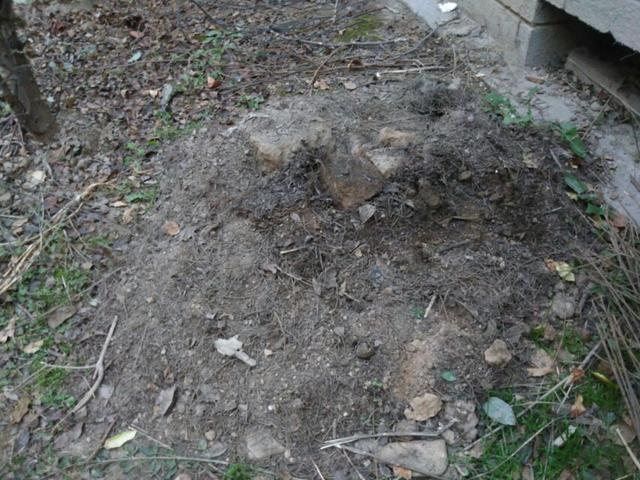
哈,上面没说,为什么培土要在初冬备,因为,榨饼,鸡糞在其它季节会出虫子,冬天经过低温发酵还能消灭—些病害,是最好的时间段。
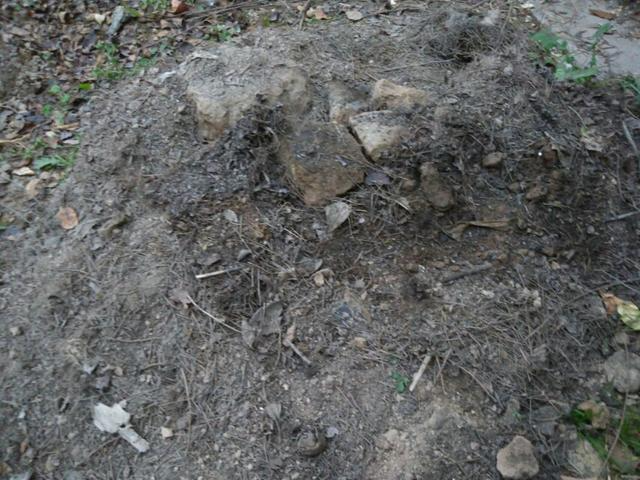
 Make your planting easier11-27 14:51
Make your planting easier11-27 14:51Thank you for the invitation.
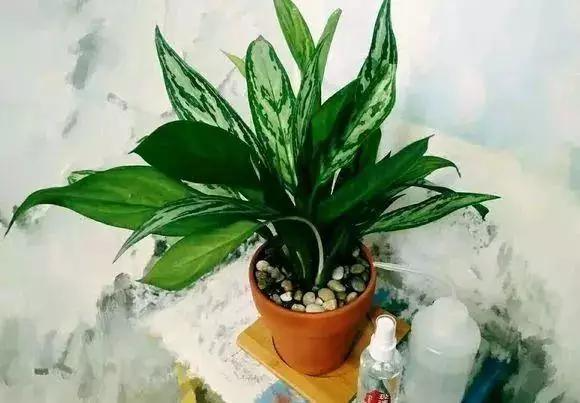
Different varieties of flowers and plants and different growing periods of the same variety of flowers and plants have different requirements for soil. Today we will talk about the 8 commonly used soil types and the flowers that are suitable for growing in different soils.
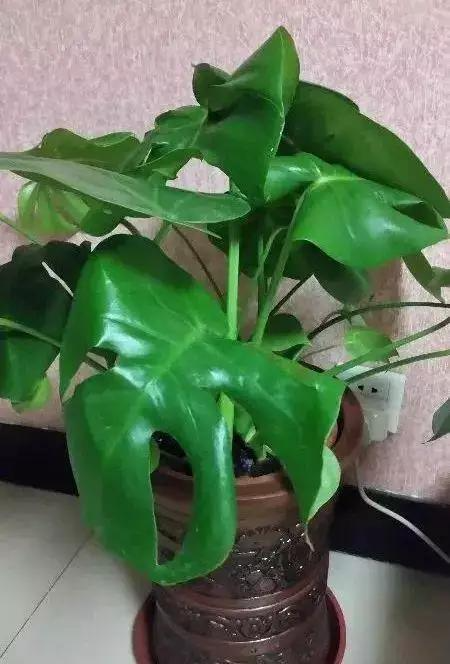
1. Sand
Source: Mostly taken from river beaches and other places.
Advantages: clean texture, contains only a small amount of sticky sand, neutral pH, and has good permeability and drainage.
Disadvantages: No fertility, difficult to retain water.
Suitable for cultivation: suitable for sowing and seedling raising, cutting and seedling raising, cactus and succulent plants
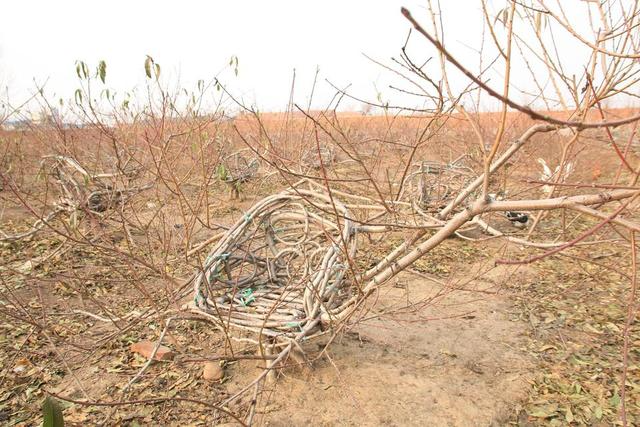
2. Pastoral soil
Source: mature soil in vegetable gardens, orchards, bamboo gardens, etc.
Advantages: Contains some humus, relatively fertile, and has a neutral pH. Weak acid or weak base
Disadvantages: easy to harden after drying, poor water permeability, usually not used alone
Suitable for cultivation: mostly used for planting flowers and plants with strong adaptability or for the preparation of culture soil
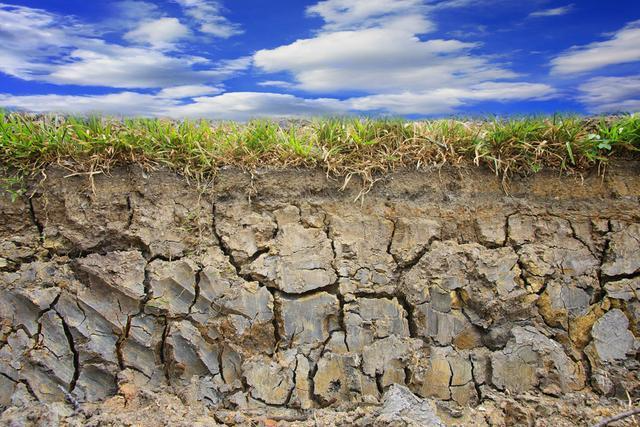
3. Humus soil
Source: It is formed by the accumulation of poultry and livestock feces, feed residues and sewage.
Advantages: more pores, loose soil, rich in humus and a variety of organic matter, also contains nitrogen, phosphorus, potassium, etc., has strong water retention and greater fertility
Disadvantages: poor drainage
Suitable for cultivation: various flowers and plants that like acidic soil, and also the main material for preparing nutrient soil
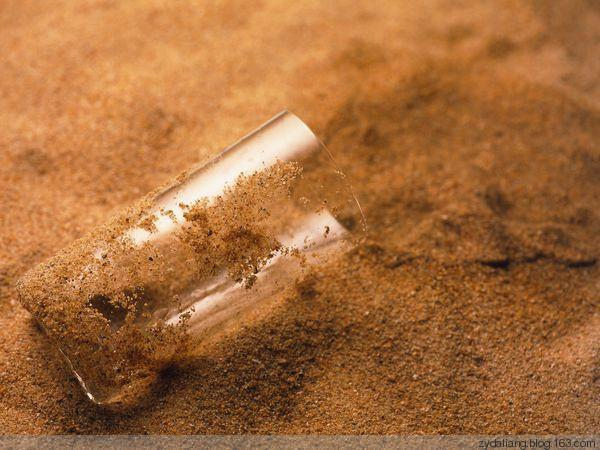
4. Leaf mold
Source: Usually formed by the accumulation, fermentation and decomposition of leaves, vegetable leaves and dead grass
Advantages: rich in humus, more pores, loose soil, strong water retention and good air permeability and drainage
Disadvantages: Suitable for flowers and plants that like acidic soil, not suitable for flowers and plants that like alkaline soil
Suitable for cultivation: orchids, Clivia, cyclamen, etc.
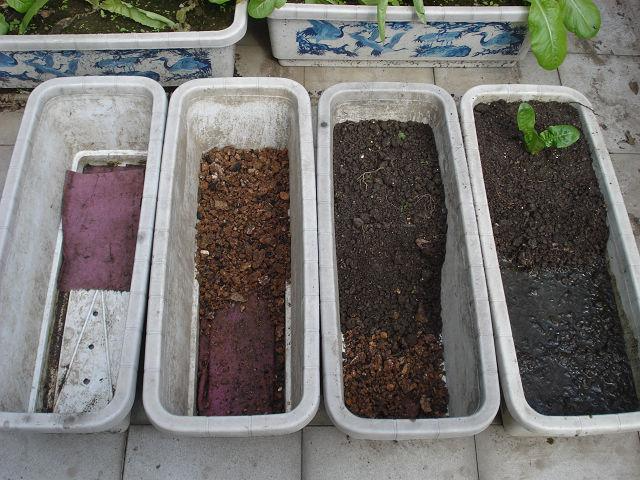
5. Landslide
Source: It is formed by the accumulation and decay of fallen leaves from trees in the mountains over the years. It can be divided into black mountain mud and yellow mountain mud, both of which are acidic.
Advantages: Black mountain mud contains a lot of humus, also known as orchid soil, with loose texture, strong water and fertilizer retention, good air permeability and drainage
Cultivation recommendation: Usually used to cultivate orchids, and also used to prepare nutrient soil for cultivating azaleas and camellias
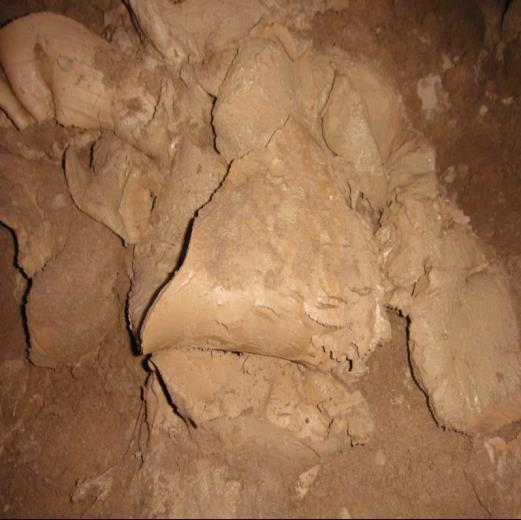
6. Peat soil
Source: It is made from aquatic plants such as reeds, which are carbonized by peat moss.
Advantages: soft texture, contains a certain amount of humus, good drainage and air permeability
Suitable for cultivation: Slow-growing evergreen flowers and trees
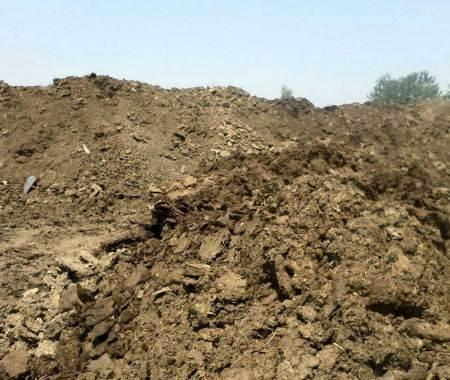
7. Coniferous soil
Source: The fallen branches and leaves of coniferous trees of the Pinaceae and Cupressaceae families and mosses in the mountain forests have accumulated and decayed.
Advantages: Contains a lot of humus, large fertilizer, good air permeability and drainage, pH is strongly acidic
Disadvantages: Strong acidity
Suitable for planting: flowers that like acidic soil, such as camellia, azalea and gardenia
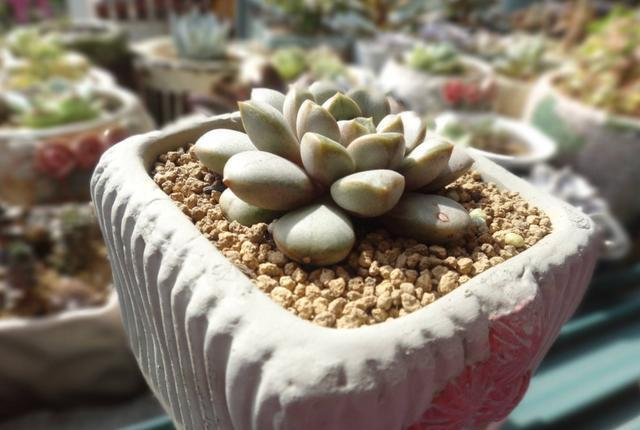
8. Pond Mud
Source: Pond mud
Advantages: High fertility, rich organic matter, good drought and waterlogging resistance
Disadvantages: Poor air permeability.